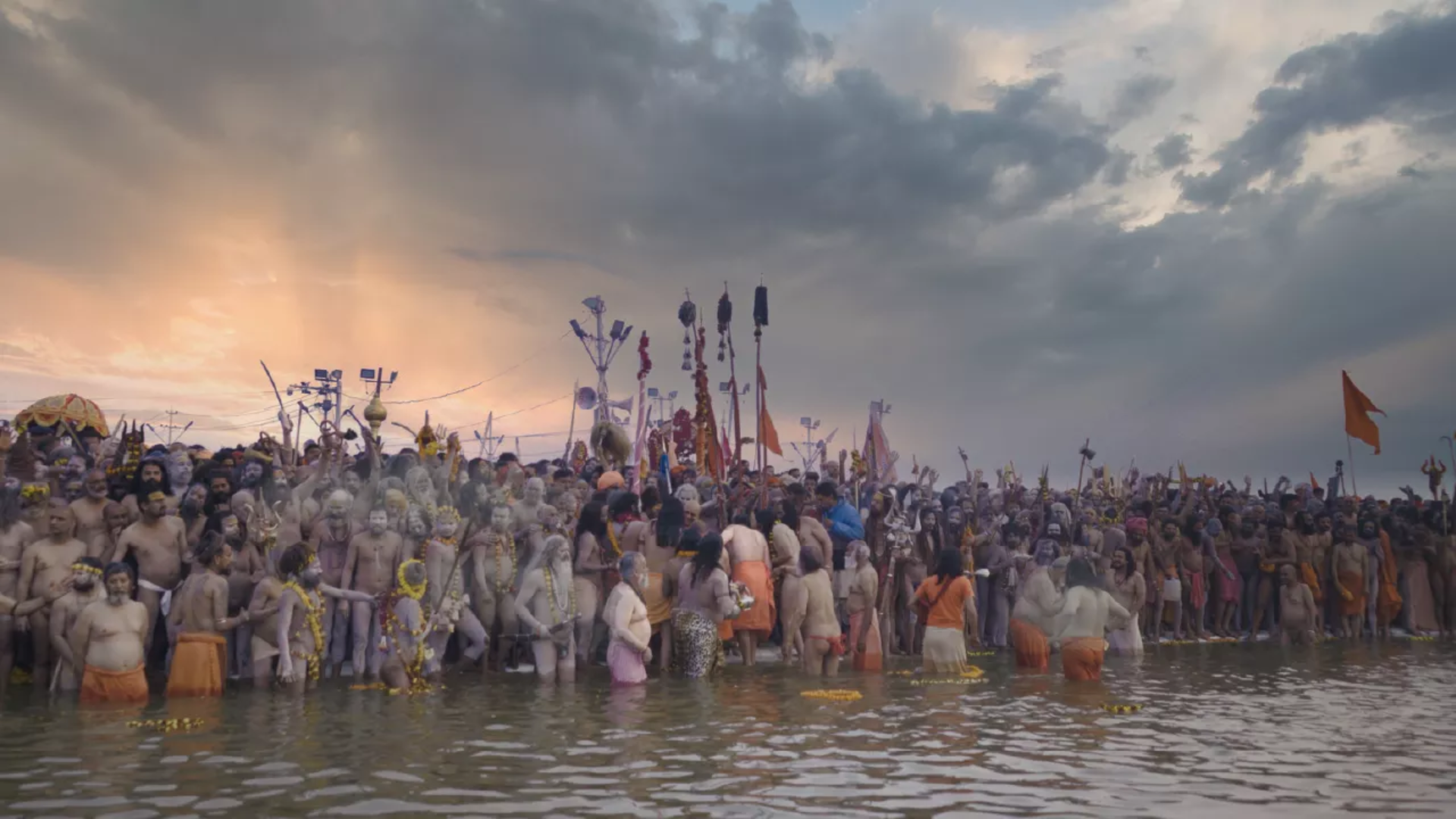The Maha Kumbh Mela is set to return to Prayagraj, located at the confluence of the Ganga, Yamuna, and Saraswati rivers. Sadhus and seers have begun gathering at this sacred site, marking the beginning of one of the world’s most significant religious events. The Kumbh Mela is mentioned in Hindu scriptures as an event of immense spiritual significance. For devout Hindus, it is a lifetime aspiration to bathe at the Triveni Sangam during the Kumbh Mela and to have darshan (viewing) of the Akshayvat tree, which is believed to fulfill spiritual desires.
The Kumbh Mela is recognized as the world’s largest religious and cultural gathering, organized at specific astronomical intervals—Ardha Kumbh, Purna Kumbh, and Maha Kumbh—based on the positioning of planets and stars. Historical references to the Kumbh Mela can be traced back to the travel accounts of the Chinese scholar Huen Tsang, but in religious texts, it is regarded as the beginning of creation.
Ancient References to the Kumbh
The Kumbh Mela is mentioned in the Atharva Veda, with terms like ‘Chaturtha Dadami’ and ‘Poorna: Kumbhoshadhikaal Aahitastam.’ These references relate to the ritualistic importance of Kumbh, which is defined as a ‘water pot’ rather than as a festival.
The Puranas provide detailed narratives about the Kumbh. The Matsya Purana tells the story of how, during the churning of the ocean, a pot of nectar (Amrit) emerged, which the gods fled with to prevent the demons from consuming it. In their haste, drops of Amrit fell at four locations—Prayagraj, Haridwar, Ujjain, and Nashik—marking the places where Kumbh Melas are held.
The Padma Purana describes the four Kumbh Yoga sites where nectar flows, and how these locations are protected by the sun and moon, ensuring their sanctity. According to the Skanda Purana, those who bathe in the Ganga at Prayagraj during the month of Magh (January–February) are blessed by their ancestors and attain heavenly abode.
Significance of the Kumbh Bath
The Garuda Purana emphasizes the unparalleled spiritual merit of bathing in the Kumbh, stating that the benefit of taking a Kumbh bath is greater than performing thousands of major rituals. Other Puranas further highlight that bathing at the Triveni Sangam, including locations like Pushkar and Kurukshetra, leads one to the supreme spiritual realm.
The Brahma-vaivarta Purana declares that taking a bath in Prayagraj during the Magh month purifies the individual from all sins and pleases their ancestors. Similarly, the Agni Purana mentions that the Kumbh bath cleanses individuals of their past sins and leads them towards virtuous deeds.
A Divine Opportunity
In line with these ancient texts, the Kumbh Mela offers devotees an opportunity to wash away their sins, receive divine blessings, and experience spiritual awakening. For centuries, the Kumbh has stood as a central cultural and religious event for Hindus, symbolizing purification, unity, and devotion. As the festival makes its long-awaited return to Prayagraj, its promise of spiritual renewal continues to resonate deeply with millions of believers worldwide.





















